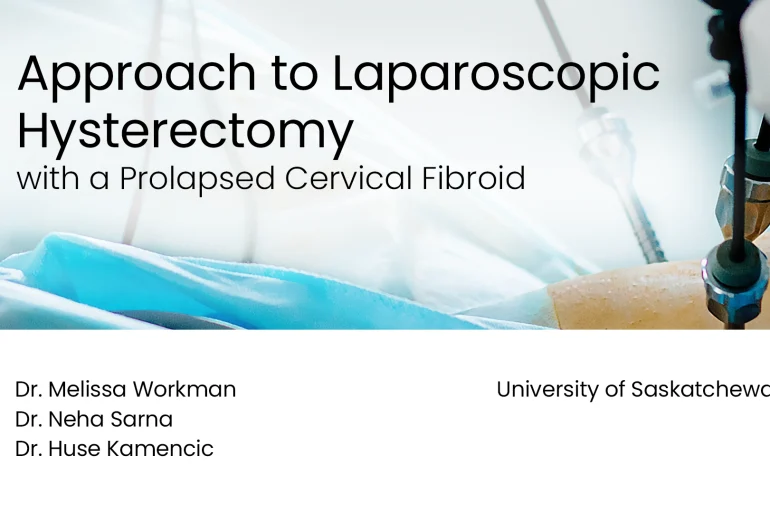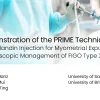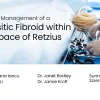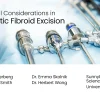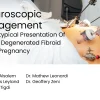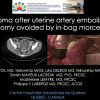Table of Contents Procedure Summary Authors Youtube Video What is a Laparoscopic...
Fibroids Explained
Fibroids, also known as leiomyomas or myomas, are noncancerous growths of the uterus that often appear during reproductive years. They can vary in size, number, and location, and while some cause no symptoms, others lead to heavy menstrual bleeding, pelvic pain, or infertility.
Our fibroid video library highlights modern surgical approaches, including laparoscopic myomectomy, uterine artery occlusion, and strategies to minimize bleeding.
These videos are presented by Canadian doctors and international experts to provide a trusted overview of treatment options.
More Fibroids Resources
Fibroids FAQs
What are fibroids, and how common are they?
Fibroids are benign (noncancerous) tumors that grow in the muscle tissue of the uterus. They are very common, affecting up to 70–80% of women by age 50, although many never develop symptoms.
What symptoms can fibroids cause?
Symptoms vary based on the size, number, and location of fibroids. Common symptoms include:
Heavy or prolonged menstrual bleeding
Pelvic pain or pressure
Frequent urination or difficulty emptying the bladder
Constipation or bloating
Pain during intercourse
Infertility or pregnancy complications
How are fibroids diagnosed?
Fibroids are usually detected through a pelvic exam, ultrasound, or MRI. In some cases, hysteroscopy or laparoscopy is used to directly visualize fibroids.
What are the treatment options for fibroids?
Treatment depends on symptoms, age, and fertility goals. Options include:
Medications (to control bleeding or shrink fibroids)
Minimally invasive procedures (uterine artery embolization, MRI-guided focused ultrasound)
Surgery (myomectomy or hysterectomy)
Your doctor will recommend the best approach based on your health and reproductive plans.
What is a myomectomy, and when is it recommended?
A myomectomy is surgery to remove fibroids while preserving the uterus. It may be recommended for women who want to maintain fertility or avoid hysterectomy. Myomectomy can be performed via laparoscopy, hysteroscopy, or open abdominal surgery depending on fibroid size and location.
Where can I find more information and support?
How do surgeons reduce blood loss during fibroid surgery?
Techniques include uterine artery occlusion (temporary or permanent), medications to shrink fibroids before surgery, and contained morcellation. Videos in our library demonstrate these blood-sparing strategies.
Can fibroids come back after treatment?
Yes. Fibroids can recur after myomectomy or other conservative treatments. Hysterectomy is the only definitive cure. Recurrence rates vary but are generally higher in younger patients.
Do fibroids affect fertility or pregnancy?
Fibroids can sometimes interfere with conception or pregnancy, especially if they distort the uterine cavity. They may also increase the risk of miscarriage, preterm birth, or cesarean delivery. Treatment, particularly myomectomy, may improve fertility in some cases.
What is recovery like after fibroid surgery?
Recovery time depends on the type of procedure:
Laparoscopic or hysteroscopic myomectomy: 2–4 weeks
Open abdominal myomectomy: 4–6 weeks
Uterine artery embolization: 1–2 weeks
Patients should avoid heavy lifting, follow post-op care instructions, and attend follow-up visits for monitoring.
Can fibroids turn into cancer?
Fibroids are almost always benign. Rarely, a cancerous tumor called leiomyosarcoma can develop, but this is estimated to occur in fewer than 1 in 1,000 cases. Fibroids themselves do not increase your risk of uterine cancer.
Are there lifestyle changes that help with fibroids?
While lifestyle changes can’t eliminate fibroids, maintaining a healthy weight, exercising regularly, and eating a balanced diet may help reduce symptoms and lower risk factors.



